Emotional attachment in cats is a fascinating subject, especially for those who share their lives with these enigmatic creatures. While many people often associate cats with independence and aloofness, there is a hidden world of feline emotions and bonds that can be quite profound. When cats develop emotional attachments to each other, it can lead to a beautiful and harmonious relationship that is both heartwarming and intriguing. This article delves into the various aspects of feline emotional attachment, offering insights into the behaviors, signs, and benefits associated with these unique bonds.
The Nature of Feline Bonds
Cats are often misunderstood as solitary animals, but they are capable of forming deep and meaningful connections with each other. Much like humans, cats have their own ways of expressing affection and building relationships. These bonds can be formed between siblings, unrelated cats, or even between cats and other animals. The nature of a feline bond is complex and involves a blend of companionship, play, and mutual grooming. While each cat is unique, the emotional connections they form can be as strong as any human friendship.
Recognizing Emotional Attachment
Identifying emotional attachment between cats requires keen observation of their behaviors. Cats that are emotionally attached often spend a significant amount of time together, engage in mutual grooming, and sleep in close proximity. They may also display protective behaviors, such as standing guard while the other sleeps or showing distress when separated. These signs of attachment are subtle but indicative of a deep bond. By understanding these behaviors, cat owners can better appreciate the emotional world of their feline companions.
The Role of Play in Building Bonds
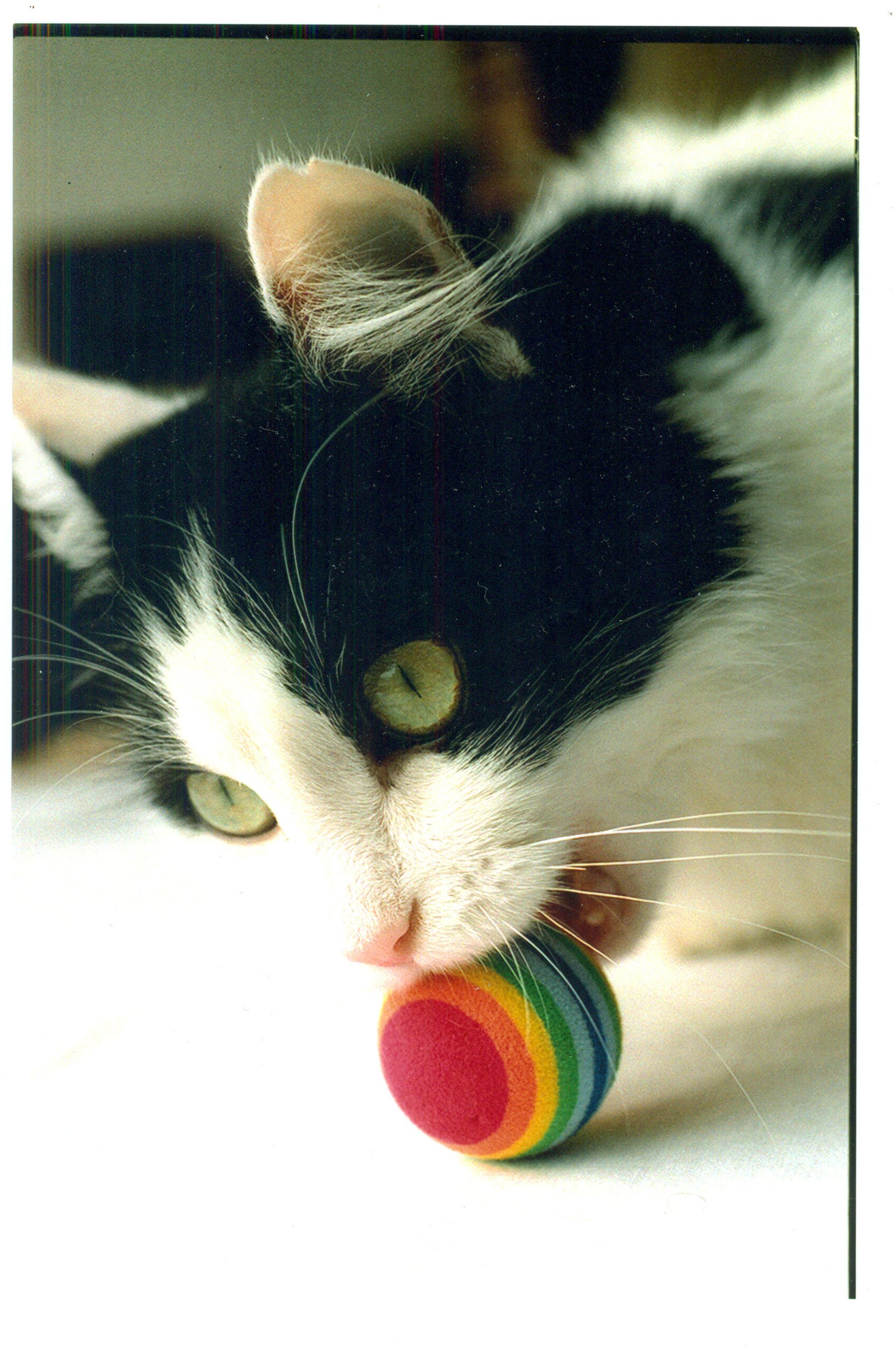
Play is an essential component of building and maintaining emotional attachments between cats. Through play, cats develop trust, improve their social skills, and strengthen their bonds. Playful interactions can include chasing, pouncing, and batting at toys together. These activities not only provide physical exercise but also stimulate mental engagement, fostering a sense of camaraderie. In multi-cat households, play is a crucial element in preventing boredom and ensuring harmonious relationships.
Mutual Grooming: A Sign of Affection
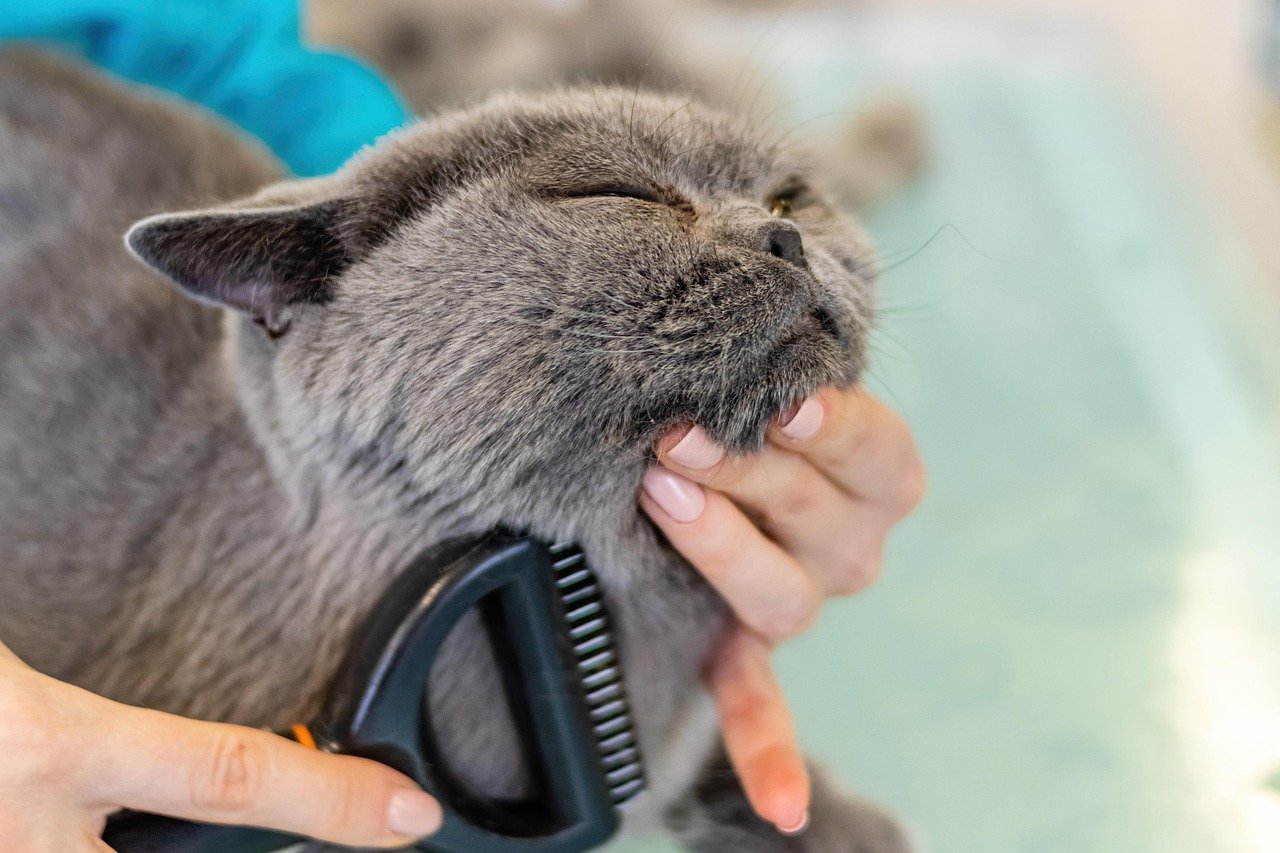
Mutual grooming, or allogrooming, is one of the clearest indicators of emotional attachment between cats. This behavior involves one cat licking and cleaning another, often focusing on areas that are hard to reach. Grooming serves several purposes, including hygiene, scent exchange, and stress reduction. It is a deeply intimate activity that signifies trust and affection. When cats engage in mutual grooming, it reinforces their bond and creates a sense of belonging within the group.
Sleeping Together: A Cozy Connection
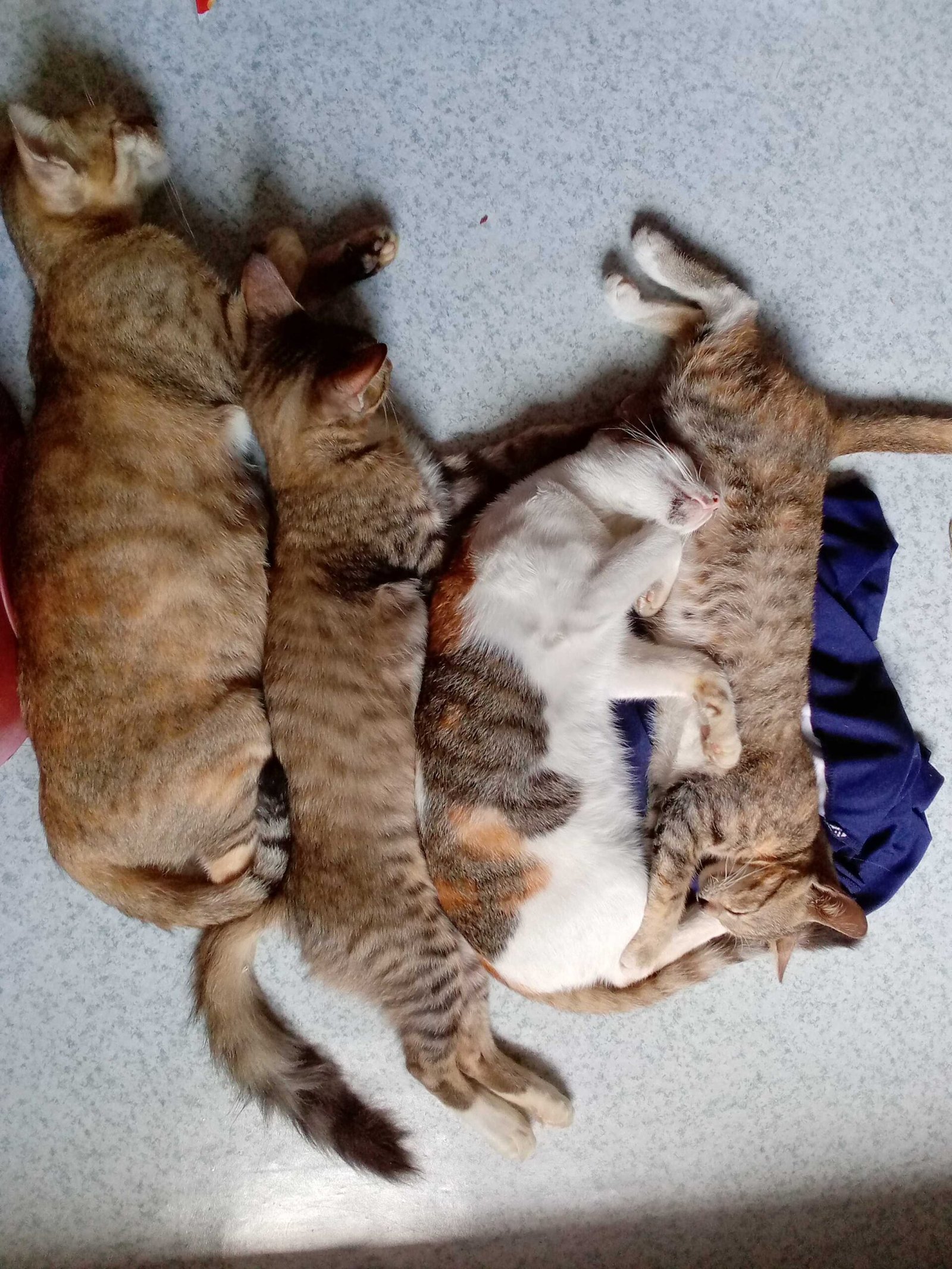
Sleeping together is another strong sign of emotional attachment in cats. When cats choose to nap or sleep in close contact, it indicates a high level of trust and comfort with each other. This behavior is reminiscent of their days as kittens, when warmth and closeness were essential for survival. By sleeping together, cats reaffirm their bond and create a shared sense of security. This cozy connection is a testament to the emotional depth of their relationship.
Communication Through Body Language
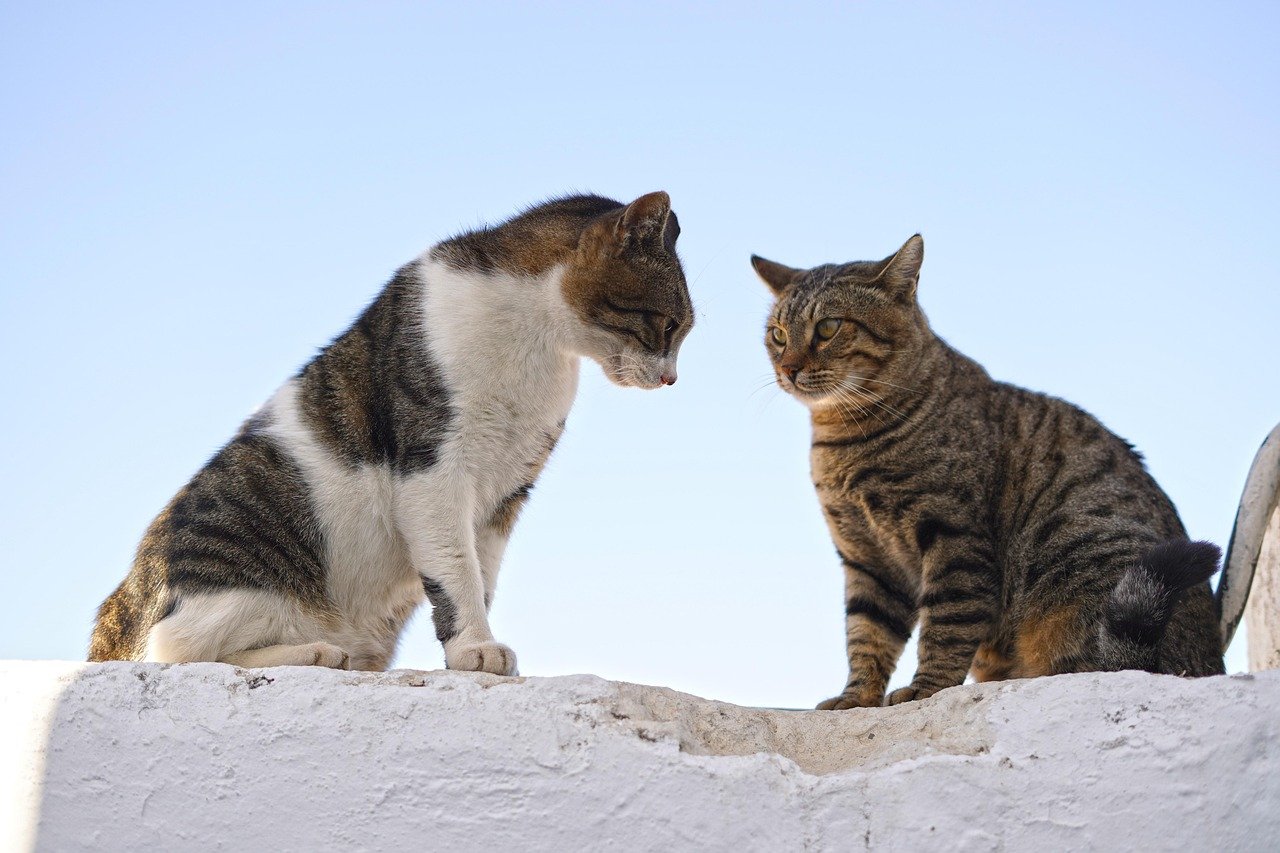
Cats primarily communicate through body language, and understanding these subtle cues is key to recognizing emotional attachments. Cats that are bonded often mirror each other’s movements, such as tail positions, ear rotations, and eye blinks. They may also engage in synchronized behaviors, like stretching or grooming simultaneously. These non-verbal communications reflect their emotional state and the strength of their bond. Observing these interactions provides valuable insights into the dynamics of their relationship.
Protective Behaviors and Loyalty
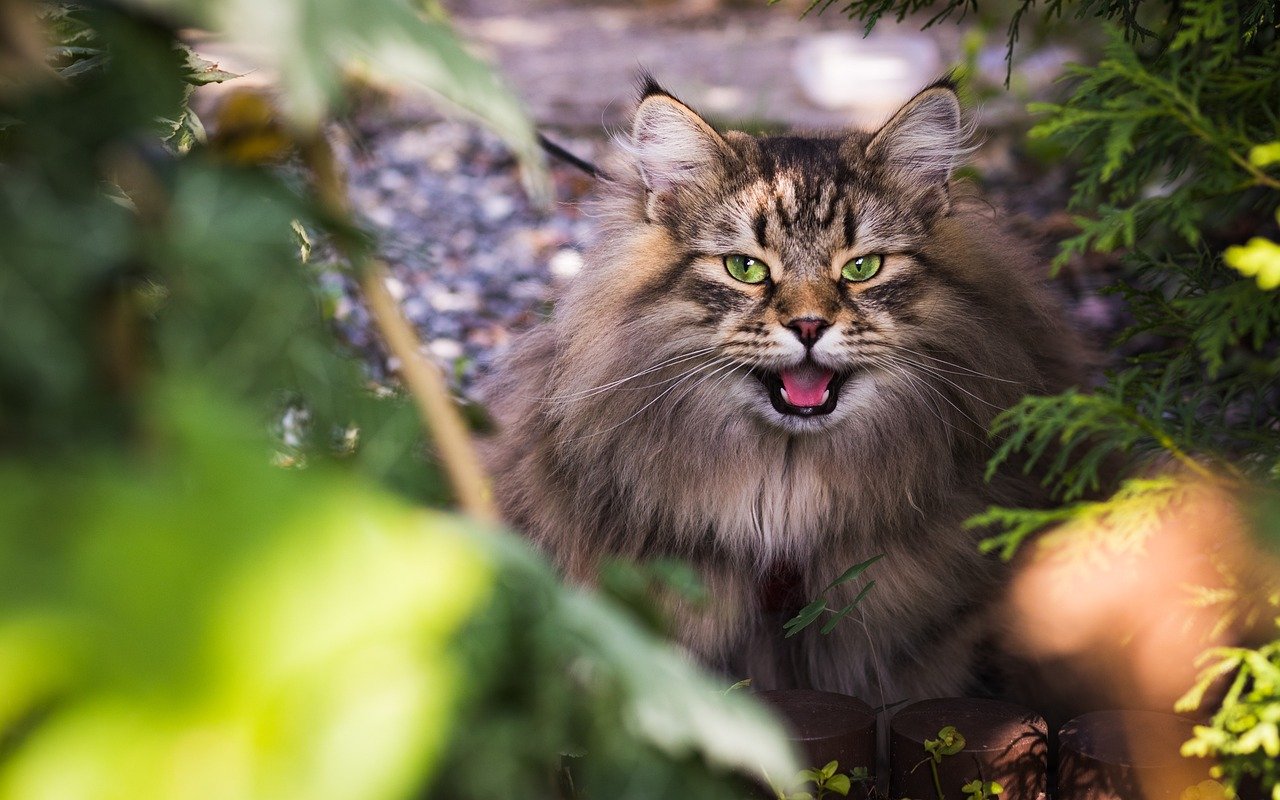
Emotionally attached cats may exhibit protective behaviors towards each other, showcasing their loyalty and care. This can include standing guard while the other cat eats or sleeps, or intervening if they sense danger. Such behaviors highlight the depth of their attachment and their willingness to support each other. Loyalty is a cornerstone of feline relationships, and these protective actions speak volumes about the strength of their bond.
Sharing Resources and Space
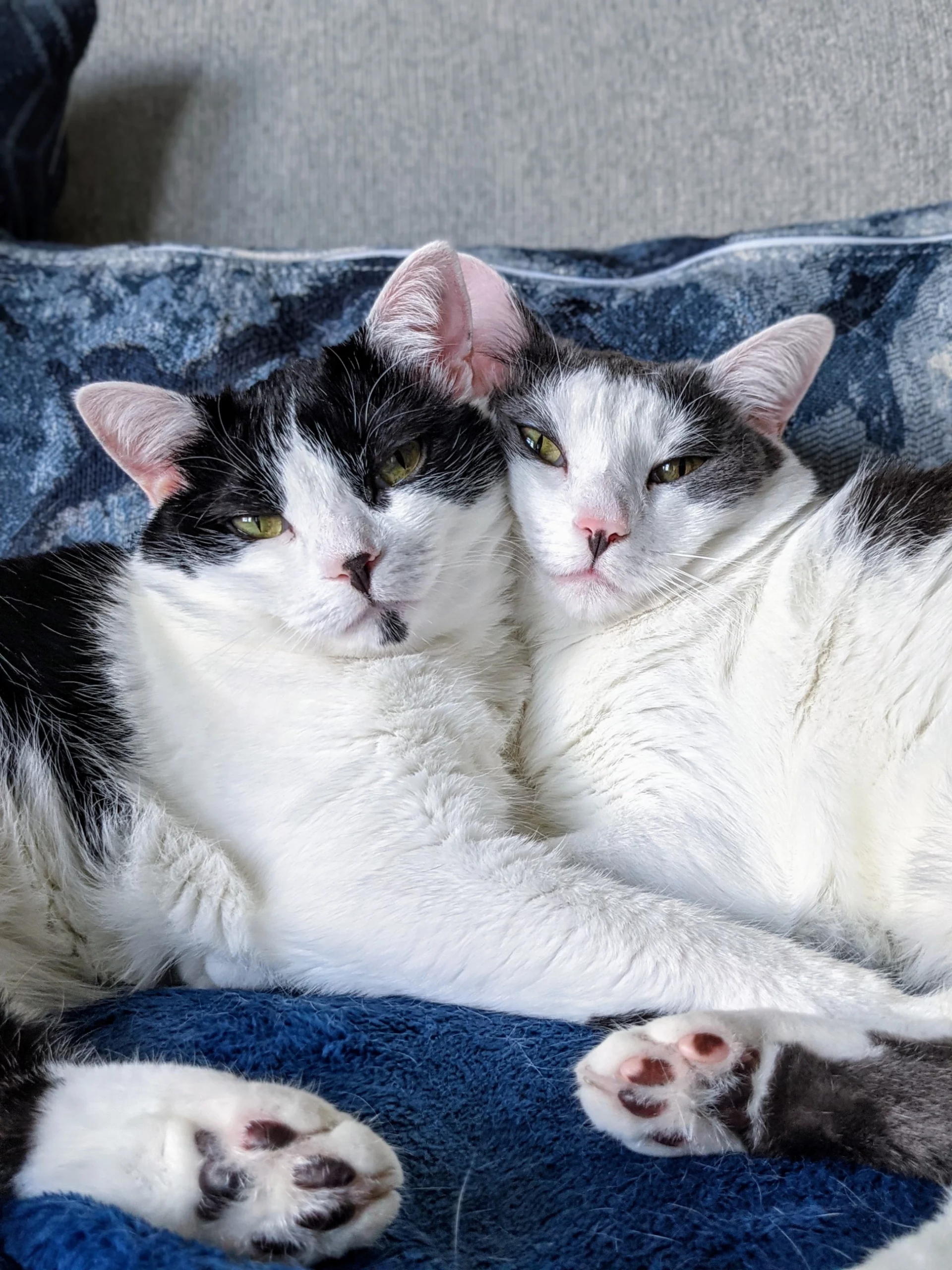
Cats that are emotionally attached often share resources and space without conflict. This includes sharing food bowls, litter boxes, and favorite resting spots. Unlike unbonded cats, who may display territorial behaviors, bonded cats are more likely to coexist harmoniously. Sharing resources is a sign of trust and acceptance, indicating a strong emotional connection. Cat owners can facilitate this process by providing ample resources and space to ensure a peaceful environment.
Dealing with Separation Anxiety
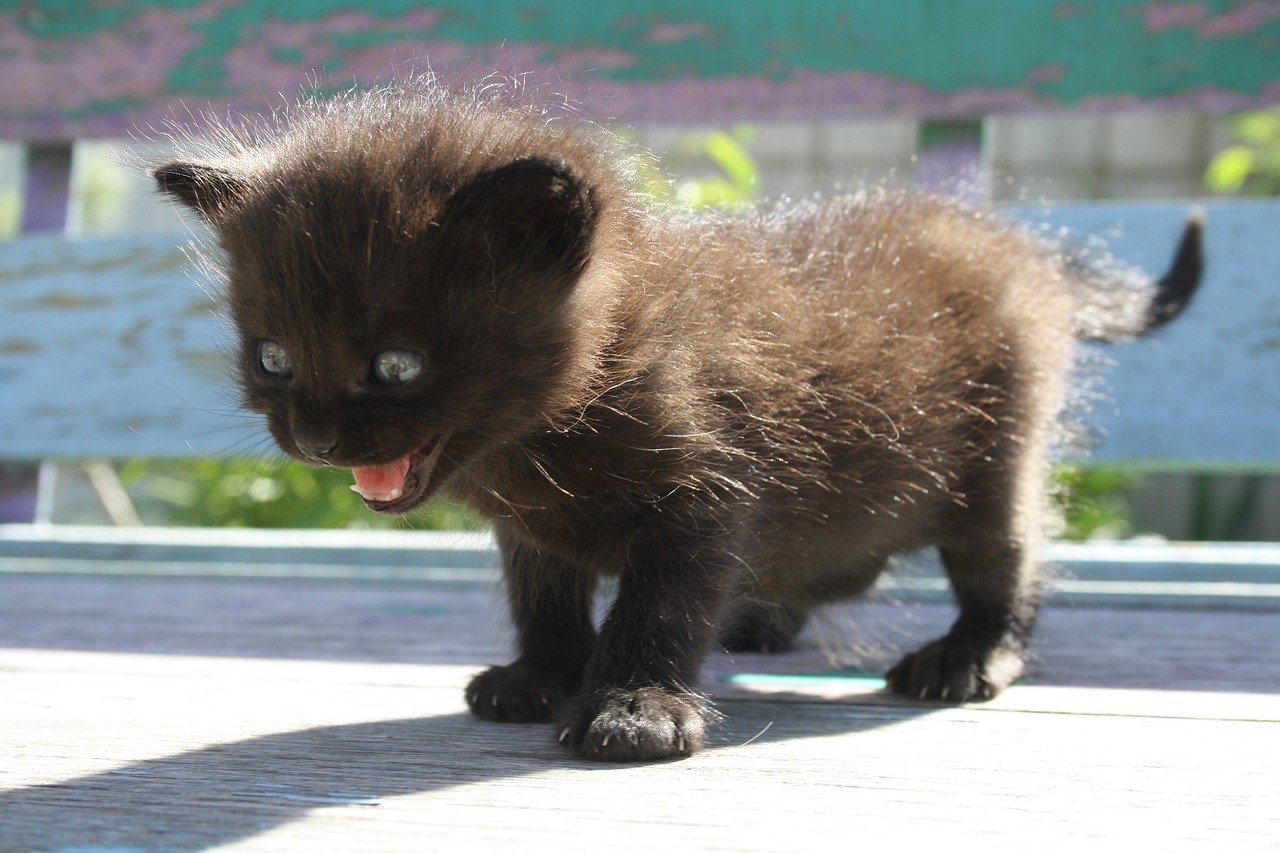
Separation anxiety can occur when emotionally attached cats are separated, either temporarily or permanently. This anxiety manifests as increased vocalization, destructive behavior, or changes in eating and grooming habits. Recognizing and addressing separation anxiety is crucial to maintaining the well-being of the affected cats. Cat owners can help alleviate anxiety by providing comforting items, maintaining routines, and gradually reintroducing the separated cats. Understanding the emotional impact of separation is vital to supporting their emotional health.
The Impact on Behavior and Mood
Emotional attachments between cats can significantly influence their behavior and mood. Bonded cats often display more relaxed and confident behaviors, as they derive comfort and security from their relationship. Conversely, the absence of a bond or the loss of a bonded companion can lead to stress and behavioral changes. By fostering positive relationships, cat owners can enhance the overall well-being and happiness of their feline companions.
The Role of Human Interaction
Human interaction plays a crucial role in facilitating and nurturing feline bonds. Cat owners can encourage emotional attachments by providing a safe and loving environment, engaging in interactive play, and offering consistent care. Positive human interactions can strengthen the bond between cats and their human companions, further enriching their emotional lives. By being attentive and responsive to their needs, cat owners can contribute to the development of healthy and fulfilling relationships.
Environmental Factors Influencing Bonds
The environment in which cats live can greatly impact their ability to form and maintain emotional attachments. A stable and enriching environment with plenty of opportunities for exploration, play, and rest is conducive to bonding. Factors such as the presence of stressors, limited resources, or lack of stimulation can hinder the development of strong emotional connections. By creating a supportive environment, cat owners can facilitate the growth of meaningful feline relationships.
Understanding Inter-cat Dynamics
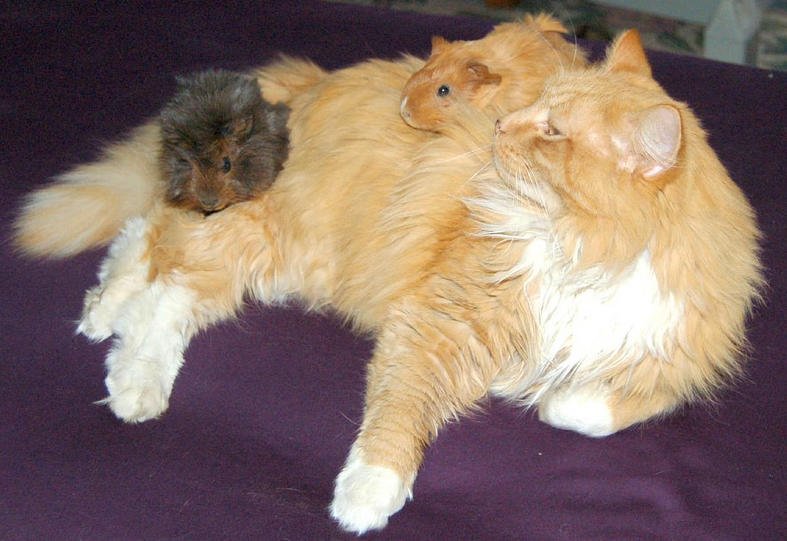
Understanding the dynamics between cats is essential for recognizing and fostering emotional attachments. Cats have individual personalities and preferences, which can affect how they interact with each other. Recognizing these dynamics allows cat owners to facilitate positive interactions and mediate conflicts. By observing and respecting each cat’s unique needs and boundaries, owners can create a harmonious environment that supports emotional bonding.
Fostering New Relationships
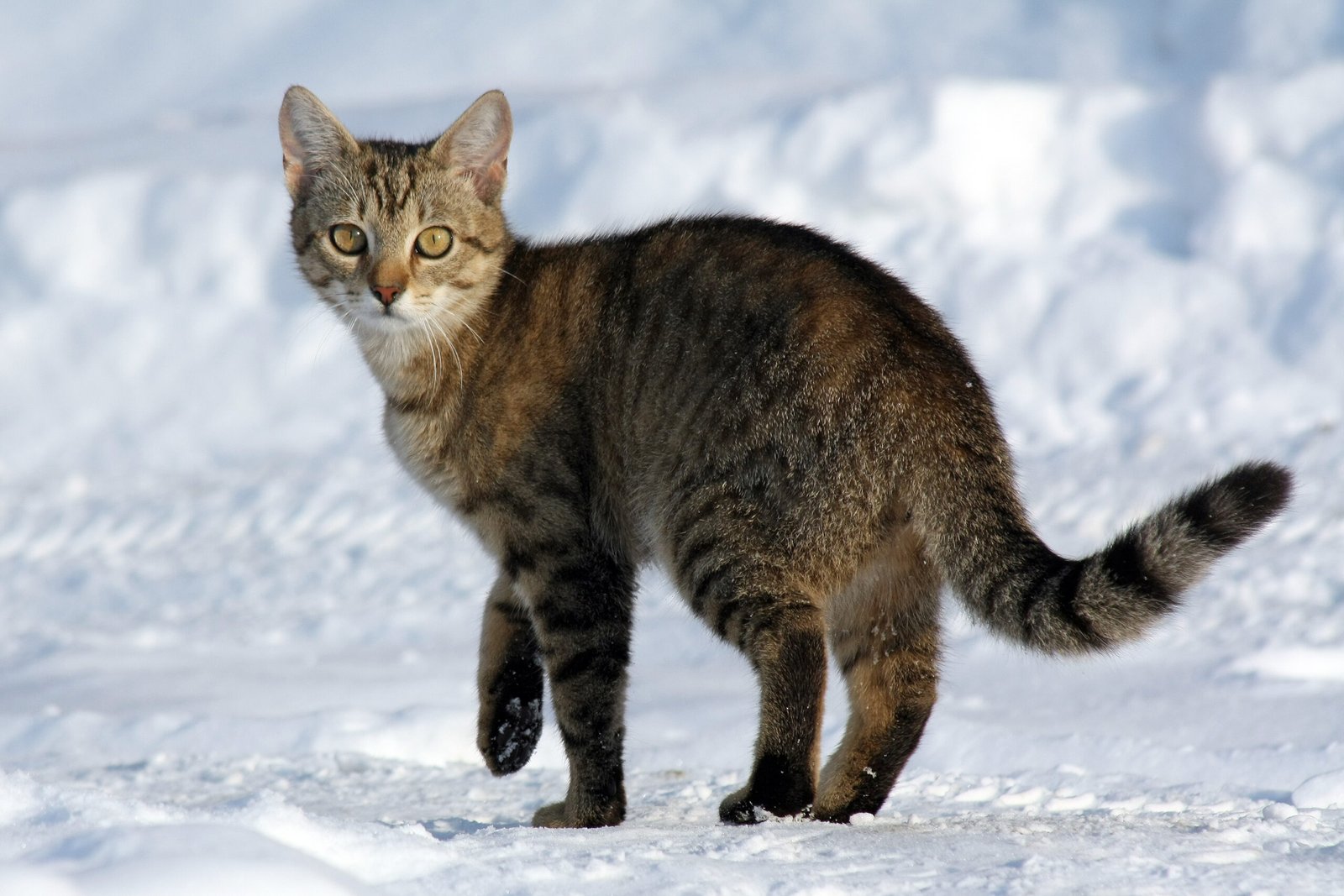
Introducing new cats to an existing group can be challenging but rewarding. When done carefully, it can lead to the formation of new emotional attachments. Gradual introductions, positive reinforcement, and patience are key to fostering new relationships. By allowing cats to acclimate at their own pace, owners can facilitate the development of strong bonds and a cohesive social group.
Benefits of Emotional Attachment

The benefits of emotional attachment between cats are numerous and extend to their physical and emotional well-being. Bonded cats often exhibit lower stress levels, improved social skills, and enhanced overall happiness. These relationships provide companionship, reduce loneliness, and offer emotional support. For cat owners, witnessing the affectionate interactions between bonded cats can be a source of joy and fulfillment.
Challenges of Emotional Attachment
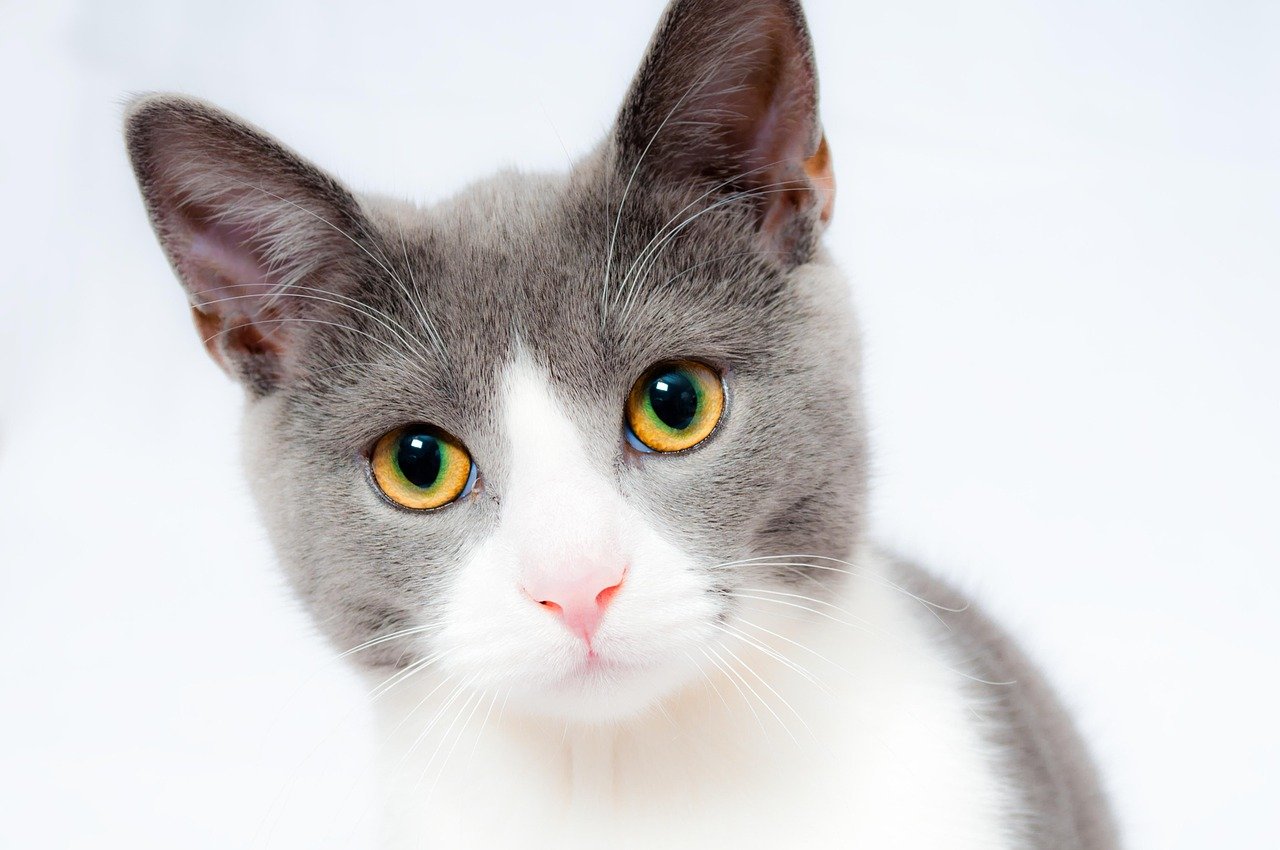
While emotional attachments can be beneficial, they also present challenges. Bonded cats may become distressed if separated or if one passes away, leading to grief and behavioral changes. Cat owners must be prepared to address these challenges with patience and understanding. Providing support, maintaining routines, and offering new companionship can help ease the transition and support the emotional healing process.
Recognizing the Signs of Grief
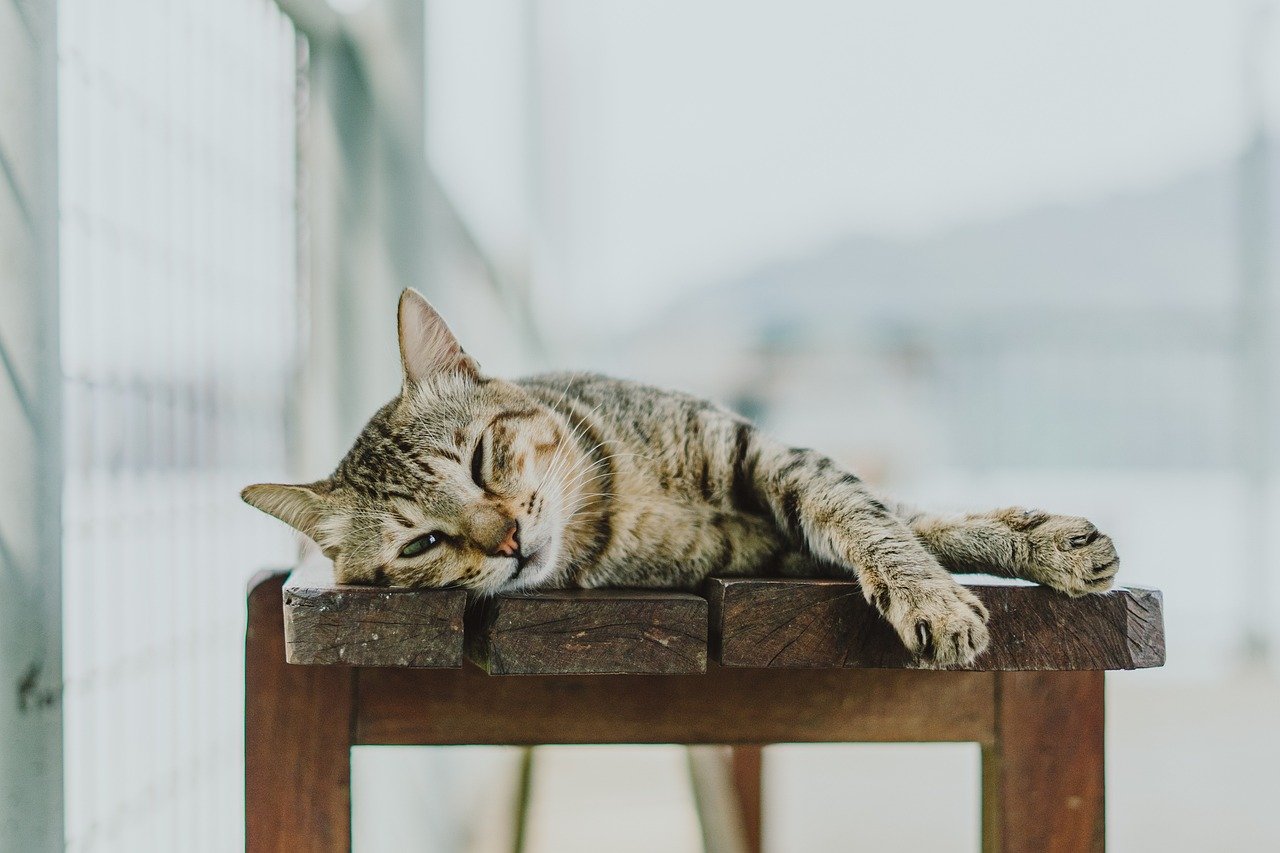
Grief is a natural response to the loss of a bonded companion and can manifest in various ways. Cats experiencing grief may display changes in appetite, increased vocalization, or withdrawal. Recognizing these signs is crucial for providing appropriate support. By offering comfort and reassurance, cat owners can help their grieving cats navigate this difficult time and eventually form new attachments.
Helping Cats Heal from Loss
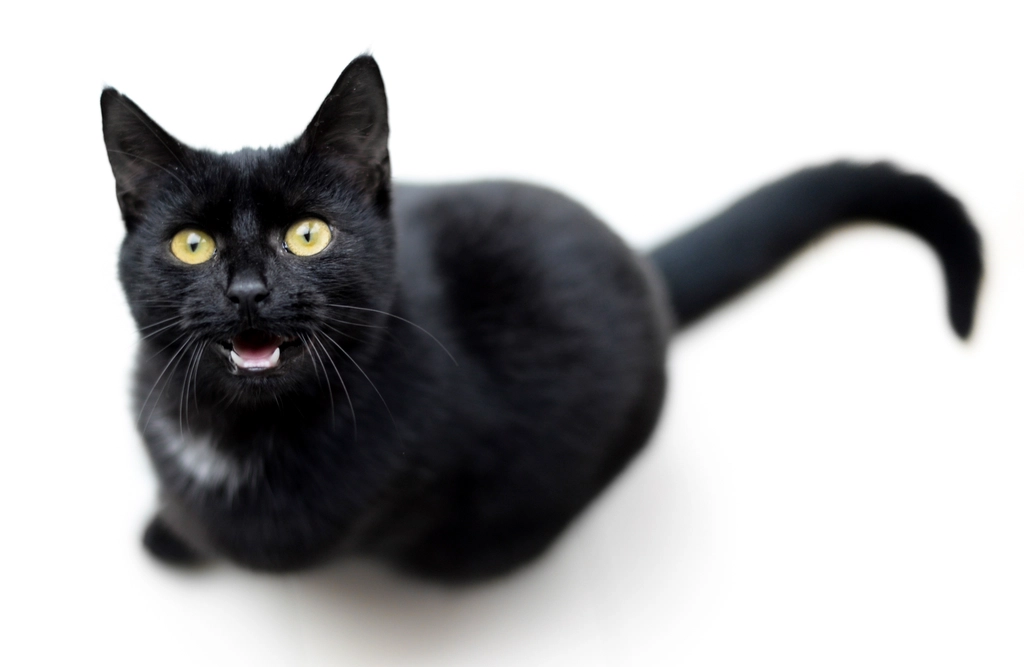
Helping cats heal from the loss of a bonded companion requires time, patience, and compassion. Providing a stable environment, maintaining routines, and introducing new sources of comfort can aid in the healing process. Encouraging play and exploration can also help redirect their focus and foster new connections. Supporting cats through their grief is essential for their emotional recovery and future well-being.
The Importance of Patience and Understanding
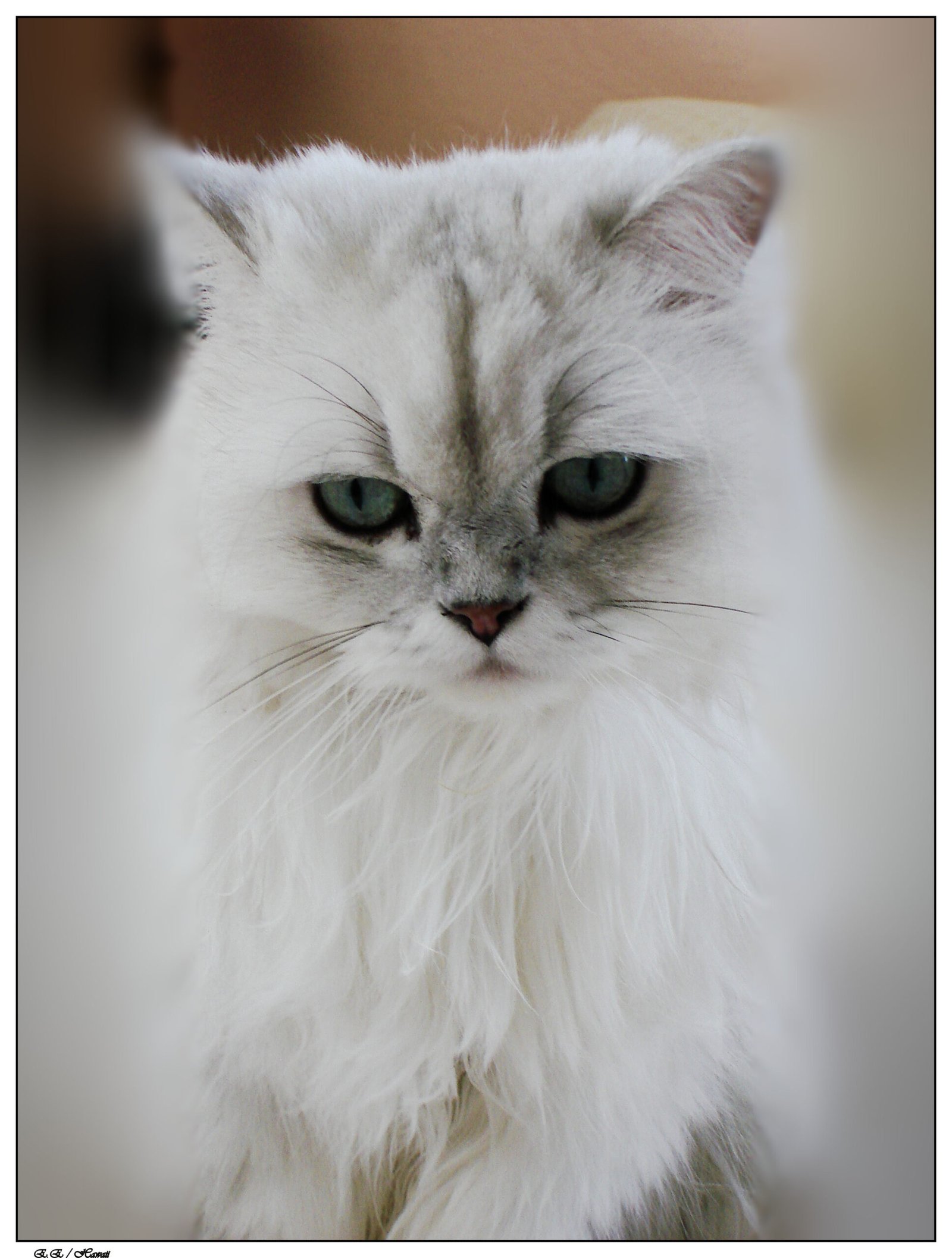
Patience and understanding are vital when dealing with emotionally attached cats. Each cat is unique, and their emotional needs and responses vary. By being attuned to their individual personalities and behaviors, cat owners can provide the support and care needed to nurture their emotional bonds. Building and maintaining these attachments requires time and effort, but the rewards of witnessing a harmonious feline relationship are well worth it.
In conclusion, emotional attachment between cats is a complex and enriching aspect of their social lives. These bonds, characterized by mutual grooming, playful interactions, and shared resources, offer numerous benefits to their physical and emotional well-being. By understanding and supporting these attachments, cat owners can create a loving and harmonious environment that enhances the lives of their feline companions.
Hi, I’m Bola, a passionate writer and creative strategist with a knack for crafting compelling content that educates, inspires, and connects. Over the years, I’ve honed my skills across various writing fields, including content creation, copywriting, online course development, and video scriptwriting.
When I’m not at my desk, you’ll find me exploring new ideas, reading books, or brainstorming creative ways to solve challenges. I believe that words have the power to transform, and I’m here to help you leverage that power for success.
Thanks for stopping by, Keep coming to this website to checkout new articles form me. You’d always love it!






